The Qatar Grand Prix proved to be a demanding occasion for F1's drivers as a number were treated at the medical centre post race.
Williams' Logan Sargeant pulled out mid-race due to illness whilst Alpine's Esteban Ocon was sick in his helmet early on.
Alex Albon and Lance Stroll both struggled to extract themselves from their cars in parc fermé, whilst up in the podium cooldown room, Oscar Piastri took a lie down to regather himself.
F1 drivers are 20 of the fittest athletes in world sport with many undergoing sauna training in preparation for heat-critical races, so why did the Lusail International Circuit prove such a challenge?
Result Race - Qatar
Qatari heat
Air temperature was up at 32 degrees for the race start despite the sun having set well in advance and whilst this is in no way a heat that surpasses other events by a huge amount, a number of factors played against the drivers.
The humidity was also high in Doha as the wind dropped from the first two days of running. With less cool air from the breeze to cool the effects of the temperature and humidity, one mitigating variable was removed.
There is then a snowball effect as cockpit temperatures skyrocket, with less airflow helping cool the drivers down as the air temperature combines with the inner heartbeat of each car to send heat levels through the roof.
Drivers are affected by wasted heat from the car's mechanics, such as the power unit, as Fernando Alonso demonstrated when radioing his Aston Martin team to complain of his seat burning.
George Russell could be seen lifting his visor in the hope of finding cooling air when pitting for Mercedes, with Lando Norris pictured doing similar for McLaren.
But on the race track, when Yuki Tsunoda attempted to get airflow into his helmet, the AlphaTauri driver was met with a face full of sand.
Hot air from cars in front can also exacerbate the issue and whilst drinking through the race will keep a driver hydrated, much like they are heated up, so is the fluid, so there was no cooling effect from that either - and usually leads to a driver opting not to take on the vital liquid.
Track layout
The Lusail International Circuit was built primarily for motorcycle racing back in 2004 and the layout shows.
One main straight is connected at either end by a circuit made up mostly of medium-to-high-speed corners, giving the drivers little respite from the intense workload through the lap.
High g-force puts stress through the body and consumes extra energy, only adding to the effects of dehydration from the intense heat.
When the start-finish straight finally does come, drivers are presented with the only major overtaking opportunity of the lap, meaning little thought would go to relaxing.
Viewed by others:
Tyre troubles
For circuits where the above would usually be an issue, tyre management to ensure a one-or-two-stop race is achievable would usually take place and usually leads to drastically slower lap times compared to qualifying.
But with the measures introduced by the FIA and Pirelli in the wake of the tyre safety concerns from Friday's post-practice compound analysis - where drivers were allowed to complete no more than 18 laps on a set of tyres - management was thrown out the window.
Instead, the shorter stints needed to be maximised in order not to lose out with everyone stuck to a minimum three-stopper.
How is the stint maximised? Pace.
Drivers were racing as if it was qualifying for 57 laps, only increasing the effects of the heat and exhaustion. Ferrari's Charles Leclerc referred to this when speaking to media including RacingNews365.com post-race, explaining: "The most significant part is the fact that we had to do three stops, that meant no tyre management in the high speed and qualifying lap after qualifying lap."
Whilst there is thorough training in preparation for such demanding races, no driver is prepared for lap after lap of maximum effort - it would be like asking a marathon runner to sprint for the entire 26.2 miles.
Why were there no issues at other desert races?
Concerns over the FIFA World Cup held in Qatar last year led to it taking place in December rather than the tournament's usual summer slot.
The reasons for this were evident in the weekend's F1 race with the heat proving such an issue.
But the schedule usually accounts for such climactic issues - as proven by the sport's other Middle-Eastern Grands Prix.
Bahrain and Saudi Arabia are also held in the night but in March, missing the highest temperatures of the year, whilst Abu Dhabi takes place at the end of the season in late November for a similar reason.
Qatar is shifted back to November next season which should alleviate the issue somewhat, but if similar issues persist, discussions will need to be had over driver safety moving forward.
Don't miss out on any of the Formula 1 action thanks to this handy 2026 F1 calendar that can be easily loaded into your smartphone or PC.
Download the calenderMost read
In this article
F1 2023 Qatar Grand Prix RN365 News dossier
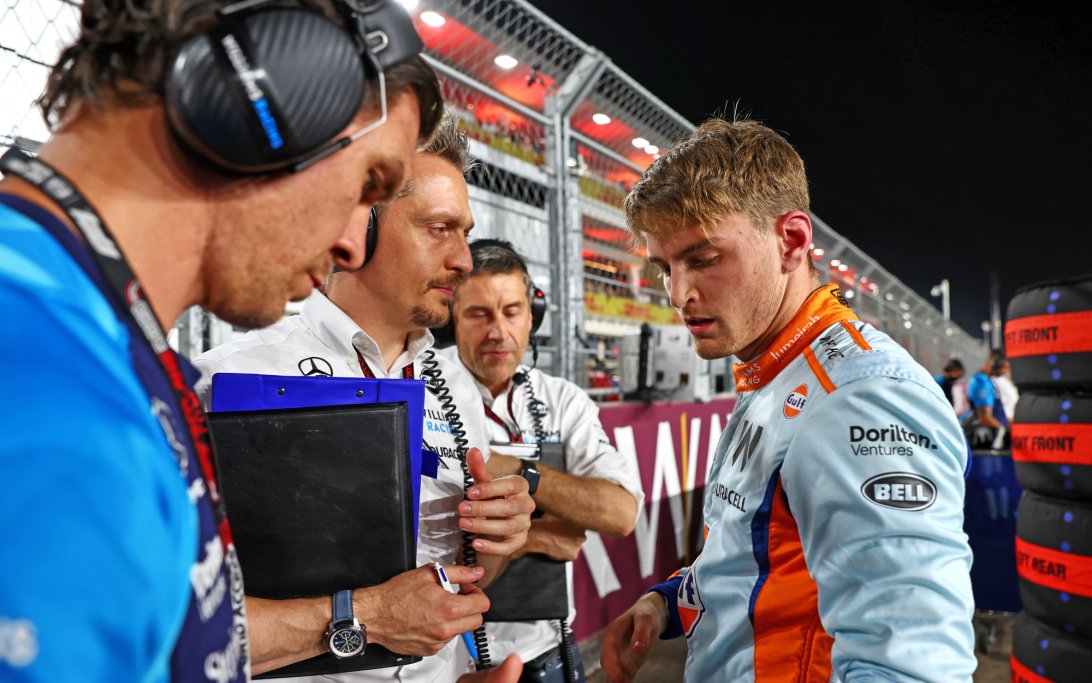



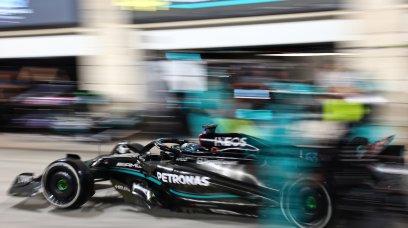


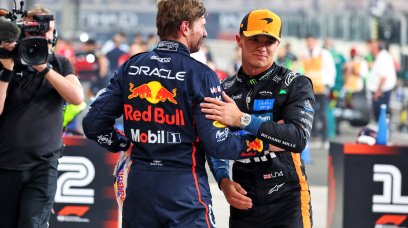



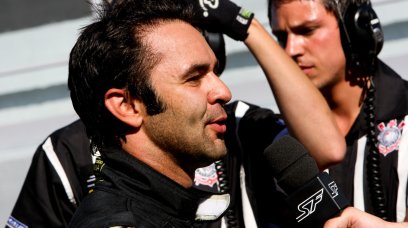

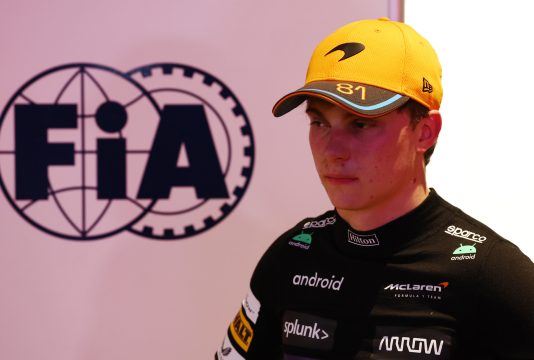

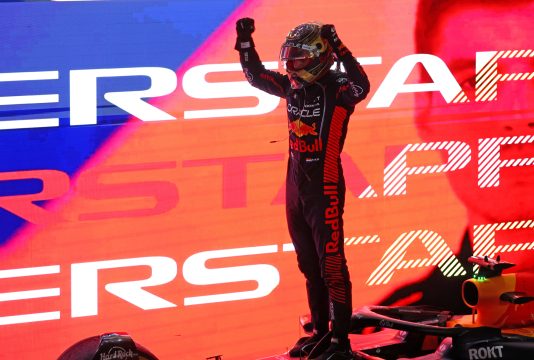
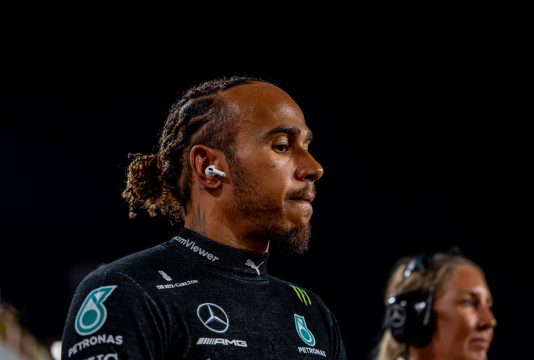

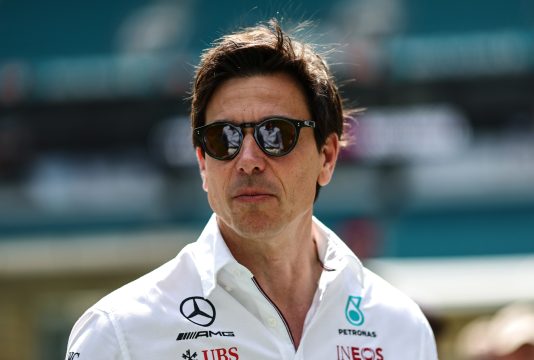
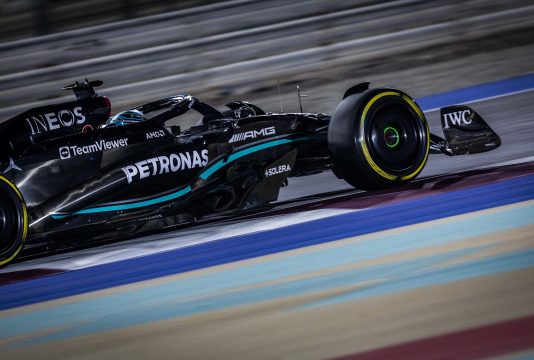

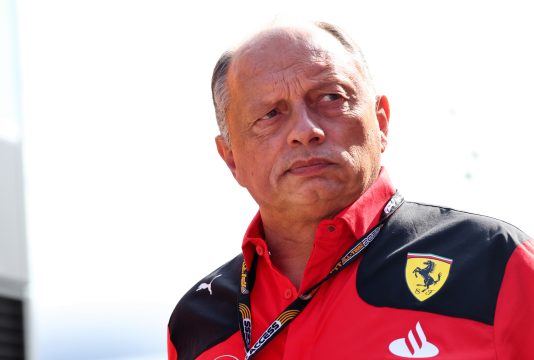
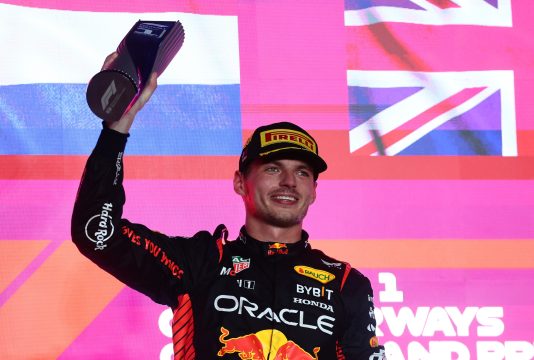
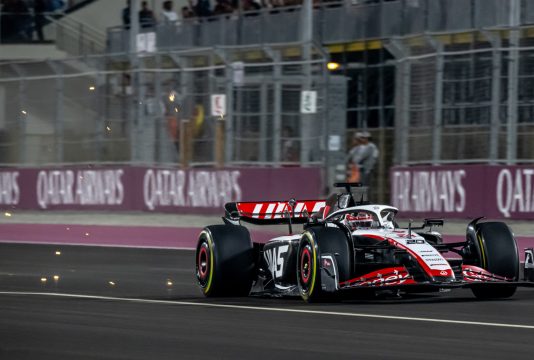
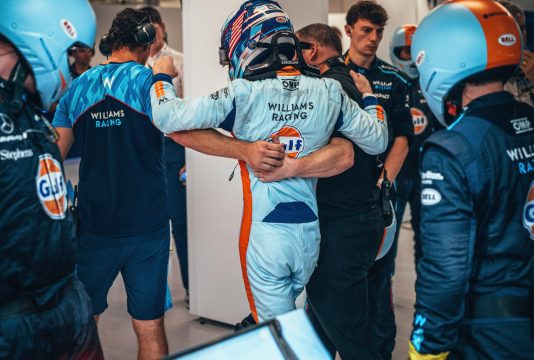
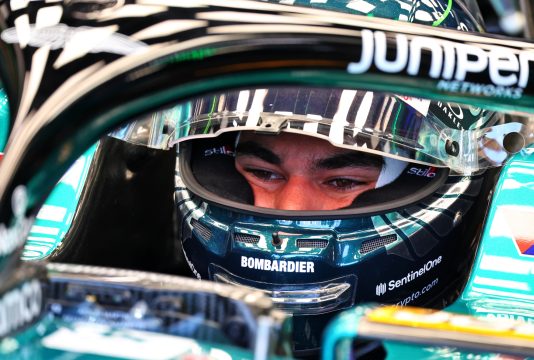
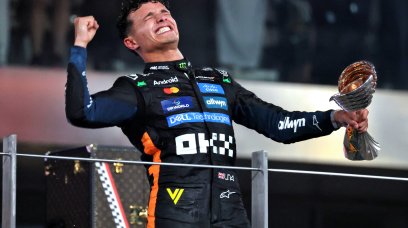
Join the conversation!